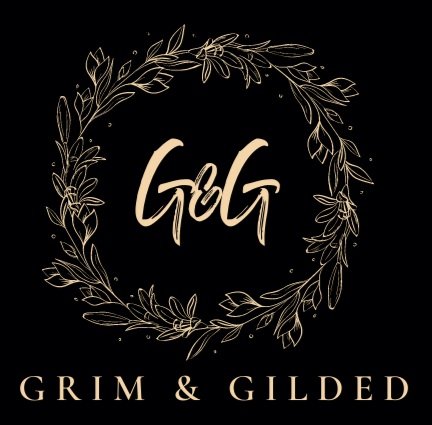The Girl Composed of Soil
The mother wanted a child, so she created one.
Under the fickle light of a full moon, she composed a girl, solid as earth and real as bone. Constructed of aging soil, rotting twigs, and the decomposition of dead things, the girl perfectly reflected the mother. A miniature, mirror image arising from the heaps of the ground.
Her image.
The mother took the girl home to a world of concrete and lifeless wood. Careful to preserve the precariously porous mind of her creation, she kept the child in a cage forged of steel and titanium.
Every day, the mother spoke to the daughter, informing her to repeat: “You are mine. Say, ‘I am yours.’”
“‘I am yours.’”
But in the night, below the harvest of a waning gibbous, the girl cried. She began to forget the way the stones whispered in secret granite patterns carved with the voice of the earth.
In the morning, in place of her tears, lay a ruby, scarlet with suffering. The mother stole the ruby and placed it in a box solely containing a song. Only when the box opened would the song be free to sing. Haunting refrains of violins and harpsichords playing upon the frail wind. But the mother kept the box concealed, closed and hidden in the depths of her closet. And the girl rarely heard the box’s melody.
As time drew on, the mother dressed the girl in elaborate garments, silk and metal bindings, tightening and coiling about her fragile body like constricting snakes. The clothes themselves created violet and blue petals rising against her skin. The girl could barely breathe.
“You look perfect, like me, your mother.”
“‘I look perfect, like you, my mother.’”
Under the wisps of the cold, waning quarter moon, the girl sobbed. She forgot the way sand felt against her skin. The way dust and fallen leaves brushed softly in the evening. Only the vague memory of the feeling was left her.
In the dim light of daybreak, glittering in place of her tears, rested a sapphire, the cerulean of sadness. The mother took the sapphire and placed it in the temporarily singing box. The box ajar, it pealed its mourning song, traipsing across the atmosphere in Lethean rivers of sorrow. Peering closer at the box, the girl noticed markings of grief etched in the grain of the wood. Of life lost.
In the next weeks, in the spirals of descending shadows, the mother took the daughter’s tears, smiles, and laughter; she taught her not to think and not to feel.
“Your thoughts are mine. Your soul, mine.”
“‘My thoughts are yours. My soul, yours.’”
Beneath the disappearing, waning crescent, she lay in nothing. Nothing but loss. In a bed of emptiness, she produced one last jewel.
At dawn, the mother seized the diamond, the diaphanous hue of death. But this time, the mother took out the other two jewels from the box. And the box did not sing.
The mother held the jewels in her hands, weaving them into a choker with threads dyed the crimson of blood. Once completed, the mother wrapped the jewels about her neck. They glinted in the pale of the memory of the fallen moon.
Hunger arose within the child. A fathomless desire to tear into the earth, into the jewels bound on her mother’s throat. And she ripped them off, shredding the choker and dashing, splintering the jewels upon the ground. The mother screamed, and in the crackling rupture of broken gemstones, the girl fell apart. Soil, twigs, and the decomposition of dead things. She fell back into the heaps of the ground, deep into the underworld of stones, dust, and fallen leaves.
In her place, the only thing that remained was a faint song playing upon the wind that whispered against the cold clay of the earth.
***
Bethy Wernert lives in Tucson, Arizona working as a special education teaching assistant. After graduating with a Bachelor's degree in Creative Writing, her stories have appeared in Communion, Entropy, Waxing & Waning, and The Gateway Review. When not writing or working with kids, she enjoys spending time in nature and reading dark fairy tales and gothic literature.

